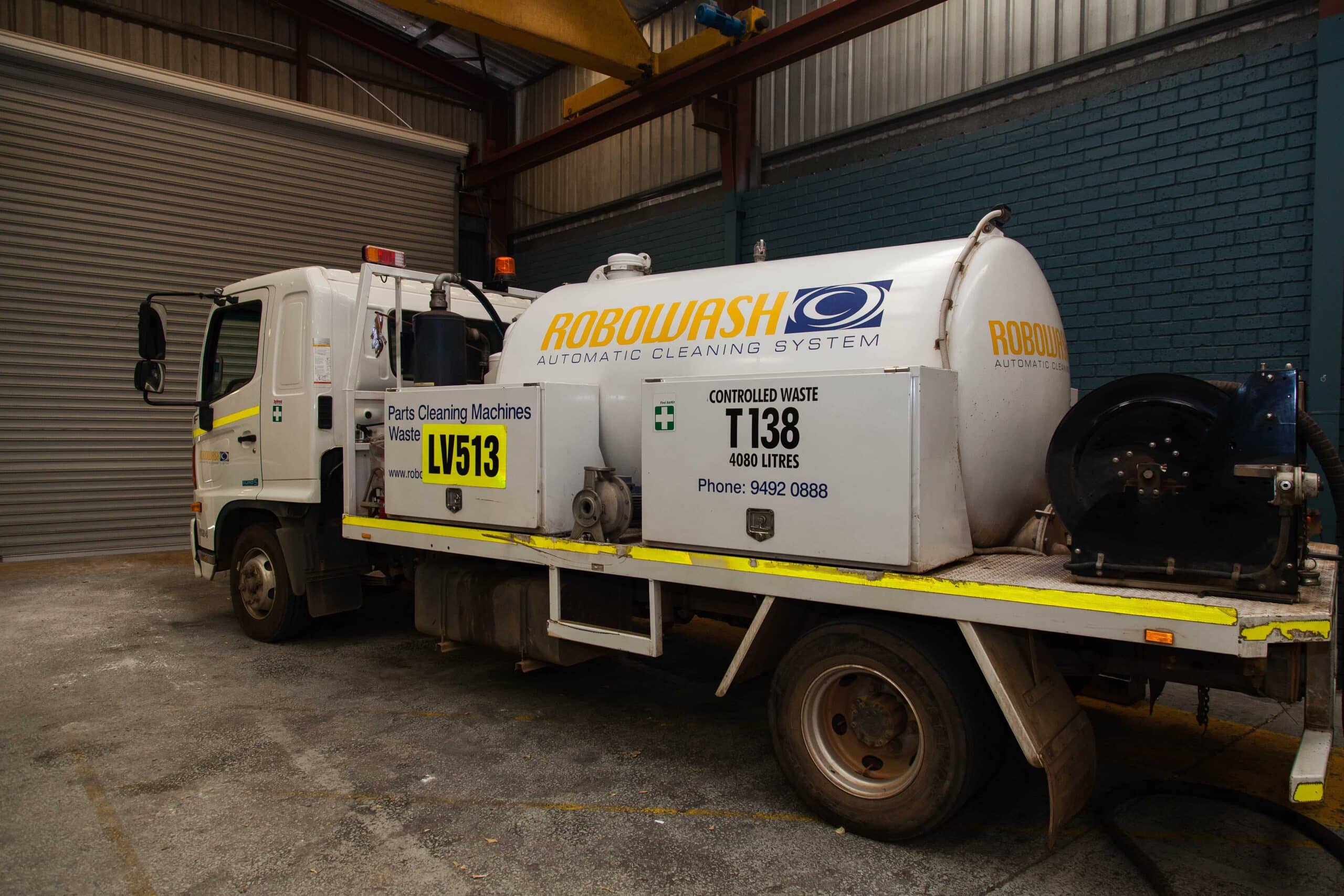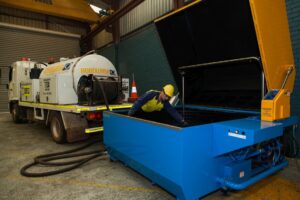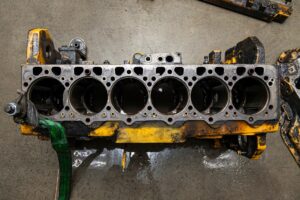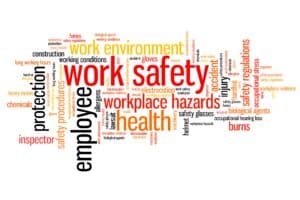For many industries, producing liquid waste is an unavoidable by-product of their business. While most will aim to minimise the quantity or toxic nature of the waste, it’s not always possible. So, if your business produces liquid waste, you need to know how to dispose of it safely and sustainably.
Safely disposing of liquid waste means it must be safe for your workers and the environment. Wastewater and stormwater drains should be kept separate, and workers need to understand the dangers of working with liquid waste. If you’re a business that uses solvents or caustic chemicals to clean industrial parts, remember these chemicals can be very dangerous even when diluted with water.
Let’s look at the safest way to dispose of liquid waste while also protecting your workers and the environment.
Types of liquid waste
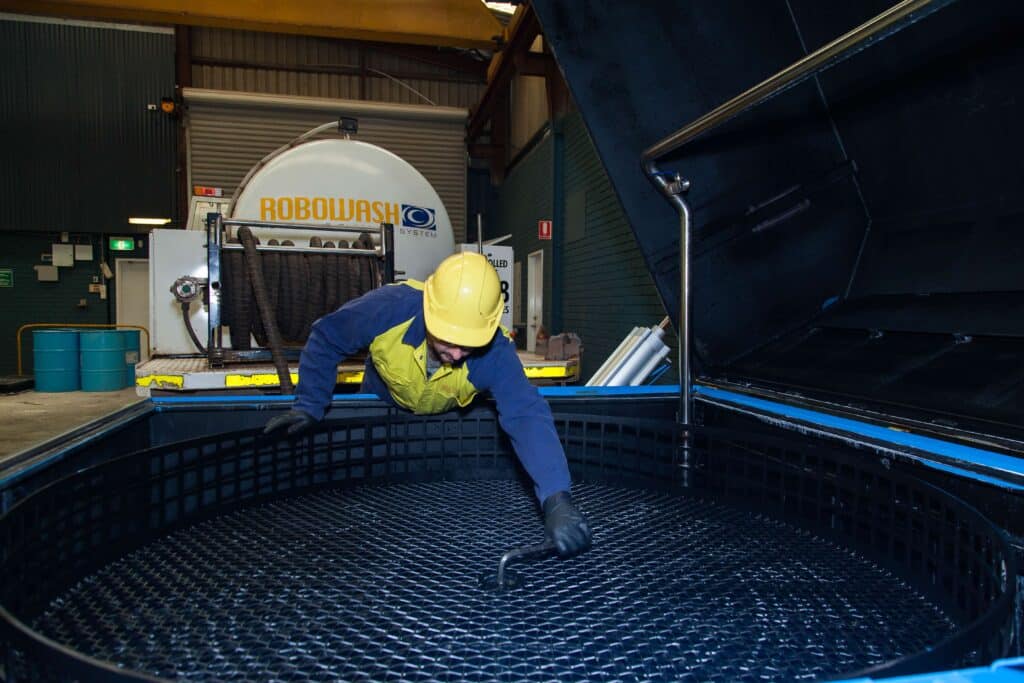
Liquid waste can be generated by households, businesses and industrial facilities. In Western Australia, we have strict regulations and guidelines on how to dispose of liquid waste safely. The first step is to identify the type of waste. For instance, hazardous waste such as chemicals and oils require specialised disposal methods, while non-hazardous waste such as greywater can be disposed of using conventional methods.
Some liquids that require a specialist liquid waste removals include:
- Chemical waste
- Sludge
- Fats, oil, grease (FOG)
- Agricultural wastewater
- Medical wastewater
If you’re unsure of the correct disposal methods for your liquid waste, contact a licensed liquid waste disposal company like Robowash.
How to dispose of liquid waste
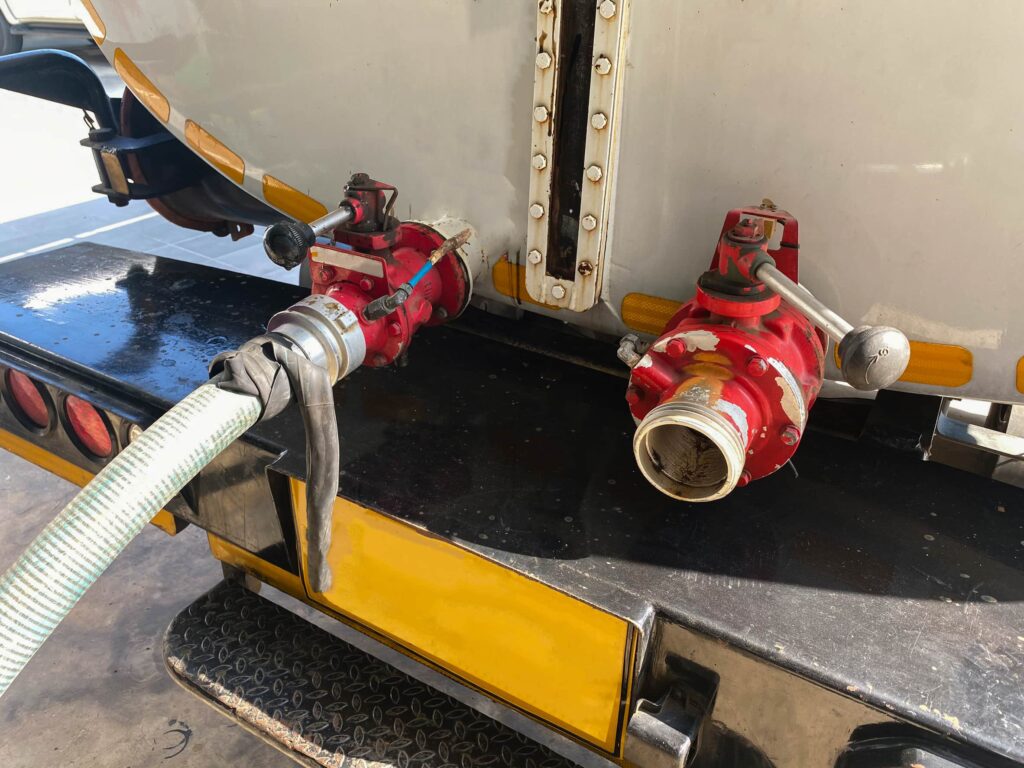
As it is illegal to dump harmful liquid waste in stormwater drains or on the ground, the only safe way to dispose of liquid waste is via a licensed liquid waste disposal company. A company like Robowash has the expertise and equipment to handle a variety of liquid waste including Alkali, low-strength wastewater, oily water, sludge, stormwater waste and liquids from wash-down bays.
Using a vacuum truck, the liquid waste is carefully removed from your premises. Even if the area is difficult to access, the vacuum truck hose can be extended and the liquid waste pumped into the secure holding tank.
The dangers of liquid waste
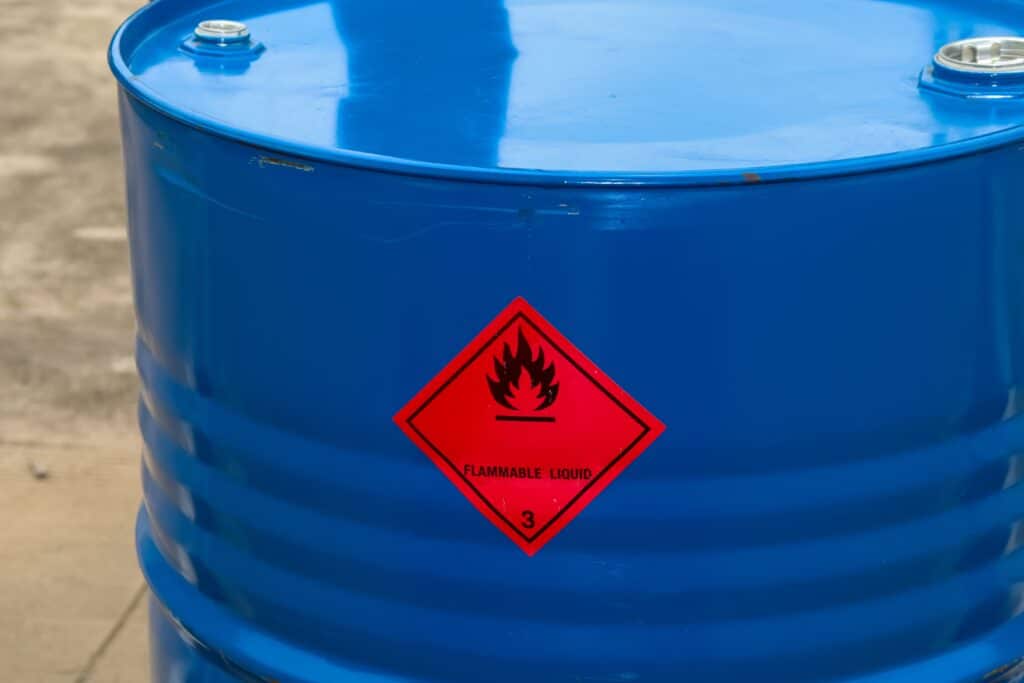
Improper disposal of liquid waste can have serious consequences for the environment and people’s health. Make sure you always adhere to the local government’s regulations when removing liquid waste.
Train employees
A crucial part of safe liquid waste removal is training your employees on the proper disposal of liquid waste. Employees should understand the hazards of the waste they are working with and know what protective clothing and equipment they need when working near it. They should also know how to identify leaks and spills and report them immediately to prevent any environmental damage.
Avoid mixing liquid waste
Only a specialised liquid waste removal company will understand the dangers of mixing liquid waste. If you’re attempting to remove the liquid waste yourself and you mix solvents or chemicals, it could result in a chemical reaction, leading to an explosion or fire.
Cleaning after liquid waste removal
After liquid waste is removed from a parts washer or wash bay area, further cleaning is usually required. Sludge and oil can still be present in the parts washer and, if not cleaned correctly, it can build up and cause long-term issues with the machinery.
Help protect the environment and your workers by disposing of liquid waste safely. Robowash is a fully licensed controlled waste carrier and is certified by the Department of Water & Environmental Regulation. We can handle all quantities of liquid waste and can arrange scheduled waste removal as needed.

